Lunar New Year is an annual celebration of a New Year based on the Lunar Calendar and is not only celebrated by Chinese people, but by many other cultures and countries in Asia. A common misconception is that “Chinese New Year” is the only thing that’s celebrated but that is undeniably false. Lunar New Year is celebrated all across Asia by different countries, and different ways. Asian Americans do celebrate this too and I’m going to explain about it and educate the public about this very special festivity that holds so close to our hearts.
Chinese New Year
We will start of with Chinese New Year, the most widely celebrated arrangement of Lunar New Year in the world. People all across the world celebrate this style of paramount importance. This is celebrated accordingly to the Zodiac Calender and is also represented by different animals according to a Chinese legend. The Celebrations are separated into 3 “phases”.
The first phase is translated to “Little Year” and takes place from January 28th to February 4th. This phase is a preparation phase where people would clean their homes, prepare meals, arrange festivities with families and so on. They believe that the sweeping of the home is a symbolic way to rid of the evil and bad luck that have been collected from the previous year. Prayers are normally said and many decorations are put up by the host. Households also begin putting up festive and colorful lanterns and wall hangings to put the family into the spirit.
On New Years Eve, families gather up for an extravagant dinner and reminisce the past. Children are to be gifted the famous Red Envelopes with money. Trust me, every single child only stayed up to receive their red envelopes, eat food, and have fun. That’s the way it goes for us kids. Anyways, the large party would consist of many seasonal food such as Chinese dumplings, which would signify wealth and good fortune or fish, particularly catfish or other steamed fish. Spring rolls are often brought up to the table but not in every Chinese household.
The Chinese New Year officially begins on February 5th and would last until February 19th, a full 2 weeks. Festivities will continue to take place and firecrackers would pop all morning long, where it is permitted of course. Over the next 2 weeks, each day would be a specific day dedicated to prayer and festivities. Just to give you an idea of what’s going on, here is a short list of what is to come this year.
February 6th- To the In Laws
February 7th- Day of the Rat
February 8th- Day of the Sheep
February 9th- Break 5
February 10th- Day of the Horse
February 11th- Day of the Human
February 12th- Day of the Millet
February 13th- Providence Health
February 14th- Stone Festival
February 15th- Day of the Son in Law
February 16th- February 18th: Lantern lighting preparations
February 19th- Lantern Festival
Fast Forward to the very last day, the Lantern Lighting festival will begin. It is perhaps the most important festival and will begin with stories and games. When the dark approaches, lanterns will be lit and set of to float tenderly to the heavens, bringing prayers, love, and prosperity to the new year.
Vietnamese New Year
Vietnamese New Year’s is celebrated on the same day as Chinese New Years as they both reflect on the Lunar calendar. It is called Tết and is quite similar to Chinese New Years. There are not really any set phases unlike Chinese New Years but everything done is still scheduled and symbolic.
Before New Years, Vietnamese people would begin to sweep their homes to rid of the bad luck and prepare food and festivities for the new year. Families will gather as one and forget the troubles of the past and carry on to the new year with perseverance, good luck, and success, just like during Chinese New Years. Families would often visit graves of ancestors and lay flowers, food, and offerings for those gone while cleaning altars at home and offer prayers to their lost loved ones. Again, food is very important and is prepared weeks before the actual festivities begin.
Food such as Banh Chung, or translated directly to square cake. It is shaped like a square and is covered by banana leaves. Once opened, you’ll find a delicious snack consisting of rice mixed with mung bean and pork.
Another would be Sticky rice or “Xoi”. From the sounds of it, sticky rice seems well, sticky and disgusting. You are wrong. It is sweet and can be made to have different colors. My personal favorite is when you put sugar and peanuts on it, for a very sweet dessert.
One last thing you can’t forget is “Mut” or dried candies. It is often an assortment of chewy but very sweet and sometimes savory flavor. Kids love it and is shared amongst a family as it is a very favored desert. My personal favorite in these would be the dried coconuts. It’s made of real coconut that has been dried out. All the sweet flavor is trapped in there and once you take that first bite, oh boy. That flavor explosion. Think of a dry-aged steak. The outside may seem dry and bland but the purpose is to trap and influence the flavor even more inside. Oh god, It’s just a massive flavor bomb. Vietnamese American freshman John says, “Sure Mut is a good one but what about Xoi? I personally love the sweetness and the consistency of it. I’m no Gordon Ramsay though.”
New Years would fall on the 5th and families would wake up to the sound and smell of firecrackers. Not every household is privileged enough to buy these firecrackers and is commonly only used by those who can afford it unfortunately. In America, a good place to catch this is at San Jose, a cultural hub for Vietnamese Americans. Festivities that belong to Vietnam is transported to America, about an hour drive down depending on traffic. Children will receive their red envelopes with joy as they contain money from their relatives. Buddhist temples are a very common place to hold Tet festivities such as praying and giving donations to the less fortunate. The kids on the other hand would get to play games, buy candy, buy new clothes, and just have fun. After having a few conversations with my own mother, I dug out her own childhood memories as well. She said that back when fireworks were allowed in her county/province, at precisely 12:00, her father would literally drag her out of bed and while she was half asleep, she’d jolt awake when her father lit the fireworks.
A popular game is bầu cua cá cọp, or literally translated into gourd-crab-fish-tiger. It is a “family friendly” gambling game that I love to play. There will be a dealer who will roll 3 dice. There is also a game mat where you would bet what the dice will land on. Say if you bet 5 dollars on fish. Dealer rolls the dice and there are 2 fish and 1 gourd. You double your money (you got 10 while keeping the money you already bet) and whoever bet on gourd would also paid in a similar way.
Later in the celebrations, there would be some place that would hold a parade, whether its at a Buddhist Temple, or a cultural center. People dressed underneath a dragon would dance and drummers would beat their drums while lighting firecrackers to make it as loud as possible. It is supposed to get rid of the bad and evil.
As a Vietnamese American, these events hold a special place in my heart and I always wait until I get to eat the food, play the games, experience the fun, and most importantly, be with my family as we dive head-on into the new year.
Japanese New Year
For Japanese New Year, it is a tad bit different from the others in terms of Dates. Since 1873, this honorable tradition would be celebrated on the 1st of January, accordingly to the Gregorian Calendar. Japanese New Year takes place on the Lunisolar New year or the Tempo Calendar.
Again, the most important thing is family and in Japanese Culture, family would gather together in one spot to celebrate the New Year together. Delicious food would be prepared and families would be busy sending postcards. Postcards are very important in their culture and would be sent to every friend and family member. It is meant to be sent to distant relatives and to wish them a happy new year, similar to when we in America send Christmas cards to each other’s families. Japanese Food is extravagant and is a very eccentric staple of their culture.
Osechi-ryōri would be prepared and is very similar to large bento-boxes. They would be filled with delicious sashimis and seafood. Mochi Rice cakes are often made and is a very sweet and mildly chewy desert.
After the family has gathered and the new Year is approaching, families would hear the bells of Buddhist Temples ringing in the distance. Each and every temple taking part in the tradition would ring the bell exactly 108 times, symbolizing all 108 human sins in Buddhist beliefs.
Once New Years has approached, families would begin to offer the children Otoshidama, a decorated envelope that contains money. It is very similar to Red Envelopes and often, the older the child, the more money they get! There are also many games that people would play such as hanetsuki, a game similar to badminton played with a rectangular paddle and a traditional shuttlecock. People will eat the delicious food offered by the host family and is a time to reconnect and reminisce on old times.
Korean New Year
Last but not least, we have Korean New Year. It comes on the first day of the traditional Korean Calendar and usually comes after the end of the second new moon of the end of the winter solstice. It often falls on the same day as Chinese New Year.
This New Year was thought to have been inspired from a 3rd century Chinese book. It goes way back and revolves around the presence of family. This is a 3 day holiday and families would flock to the host’s household, often an older member such as the grandparents or even great-grandparents home. Preparation for this holiday is regarded to as a very expensive one. Gifts and fruits are often very expensive and due to increased demand, the government actually had to step in to manage the economy and help companies and the community equally to prevent economic inflation.
During the First Morning, Koreans would often pay their respects to their ancestors and offerings would be brought for their lost loved ones. It is a sign of respect to go and visit the graves and people would often dress up in traditional Korean Clothing called hanbok. When visiting elders, children will perform a Sebae, a traditional bow of respect and wishing the elder good fortune for the New Year. When Koreans prepare some very good food for their guests and can consist of Tteokguk, a very delicious soup containing sliced rice cakes. It is believed that once you finish the soup on New Years, you are one year elder. Jeon is also another food commonly eaten during the New Year. It is a sweet and savory pancake that is enjoyed ripped apart with chopsticks. My Korean American Friend I know from a while back named Nik said that, “Korean New Year is awesome itself with the culture and the festivities but I really love the food… No doubt.”
What is a celebration without games? Korean games such as yutnori can draw crowds and can be played easily by people of all ages using specially made sticks. People would also love to make little rectangular kites which will then be kicked around for a fun game of footbag.
Happy Lunar New Year!
I hope this article helped you understand the many traditions that come with Lunar New Year. In Asian Culture, we deeply value these couple of days in the traditional calendar. Lunar New Year can be celebrated in so many ways and can often be misinterpreted by other countries. Anyways, I encourage you to learn more about different cultures and to respect them, as I would with yours. Understanding of each other’s cultures is just one step towards a more perfect world.
Happy New Year!
Chinese-Cantonese: 新年快樂 (xīn nián kuài lè)!
Vietnamese: Chúc Mừng Năm Mới”!
Japanese: あけましておめでとうございます。(Akemashite omedetou gozaimasu)!
Korean: 새해 복 많이 받으세요 (saehae bok mani badeuseyo)!












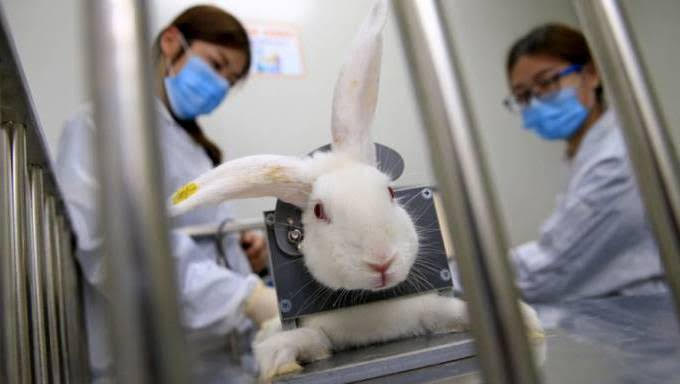

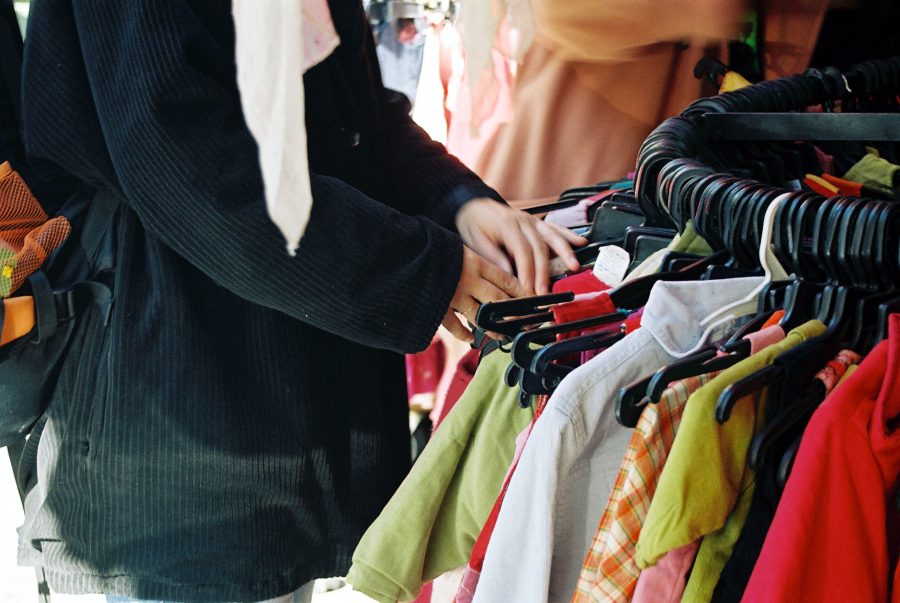


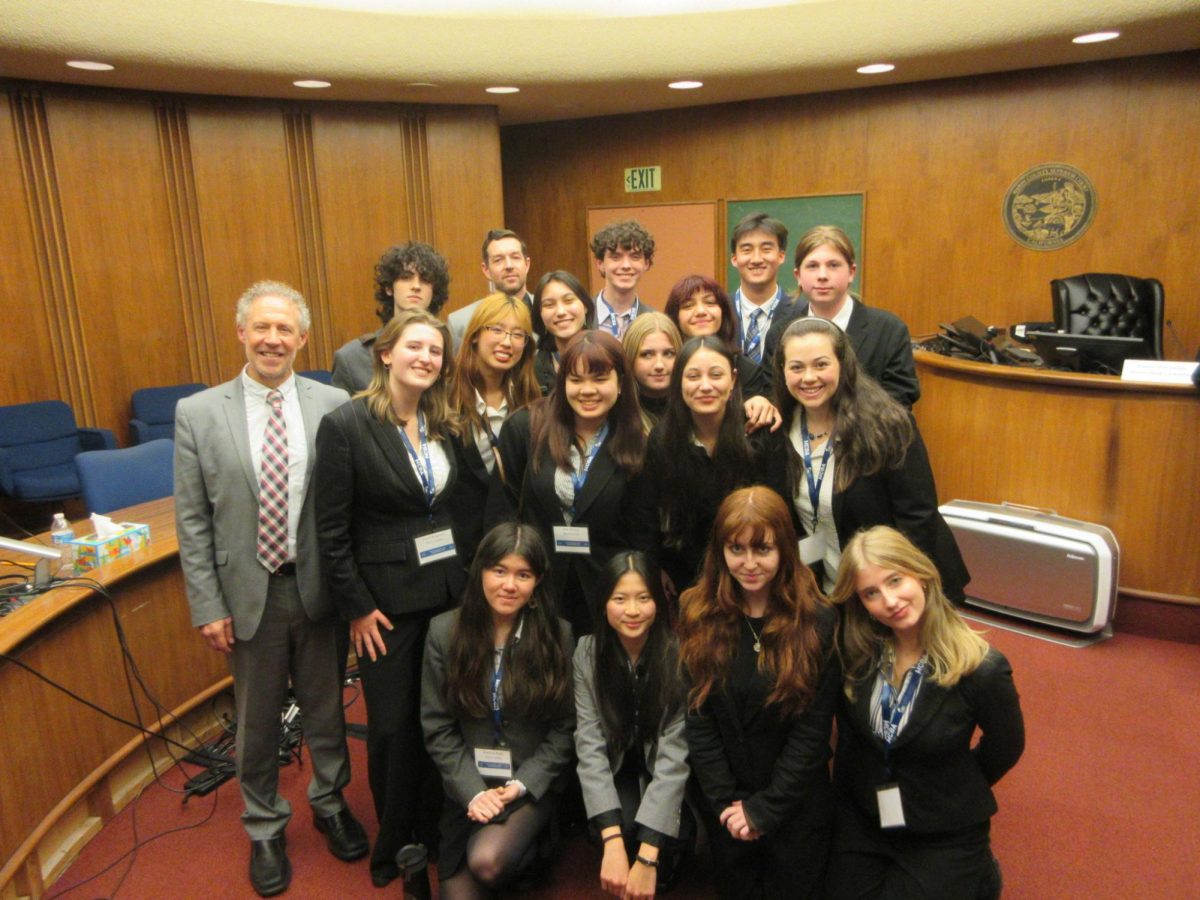


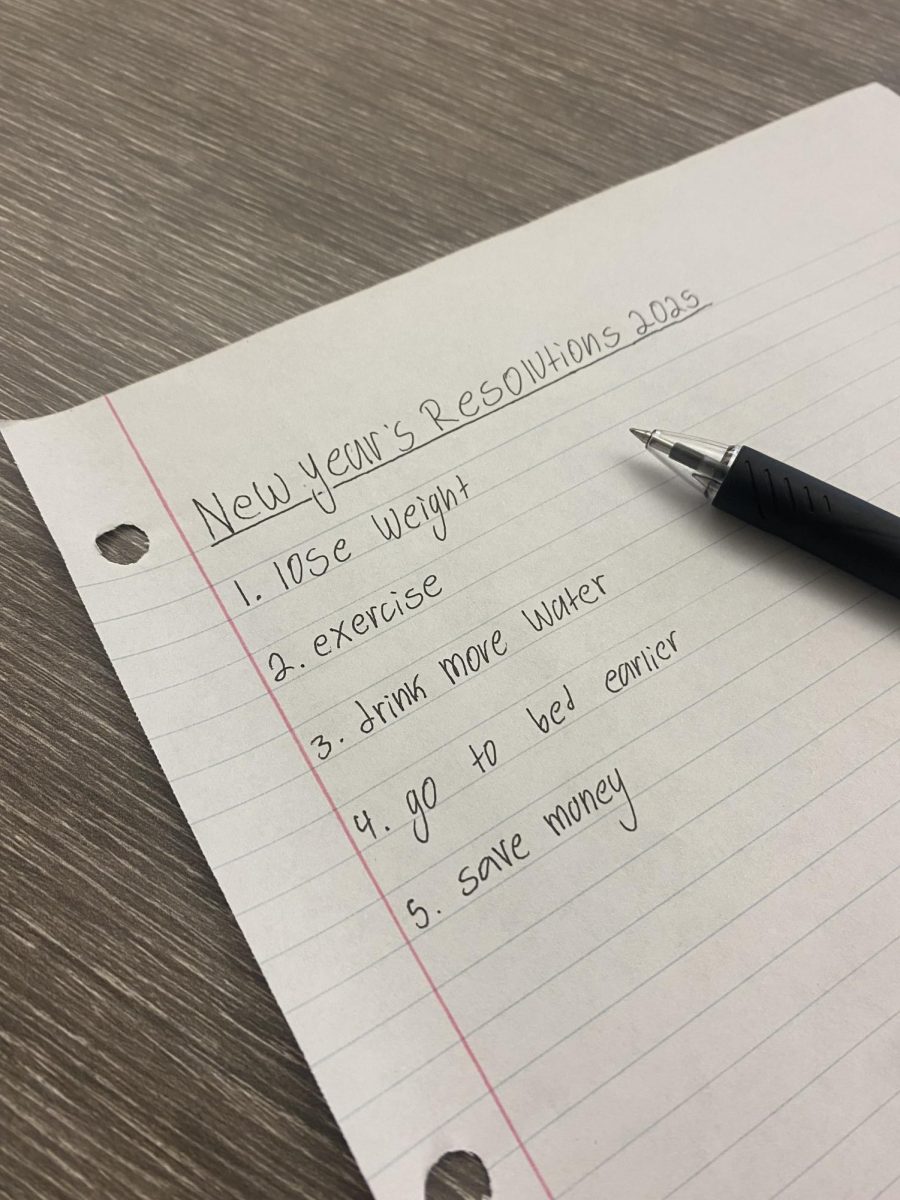

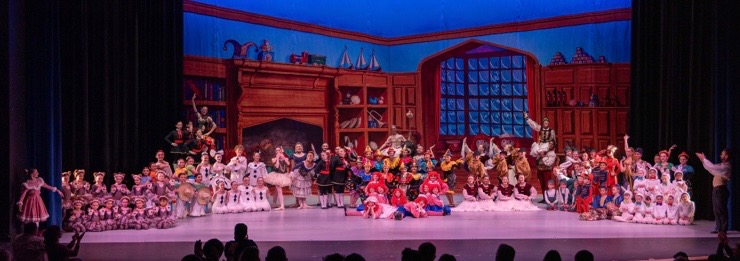
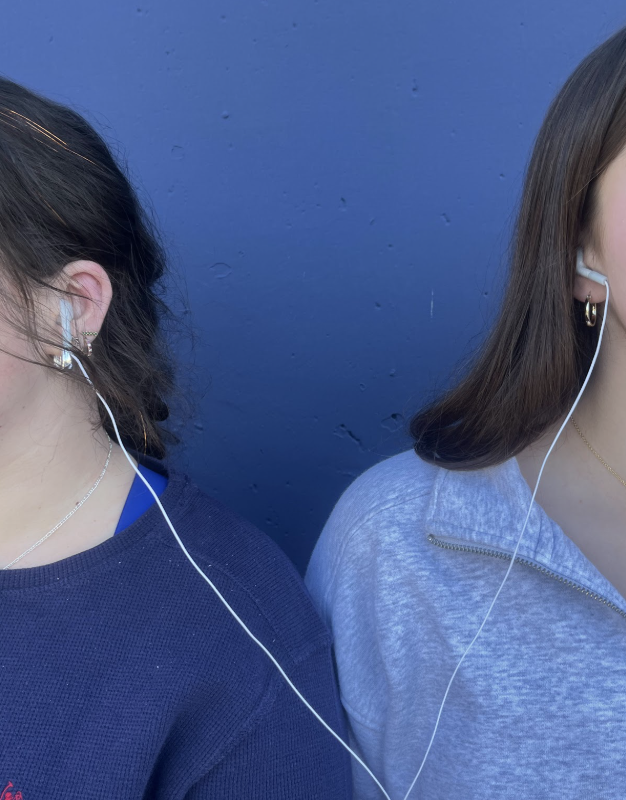
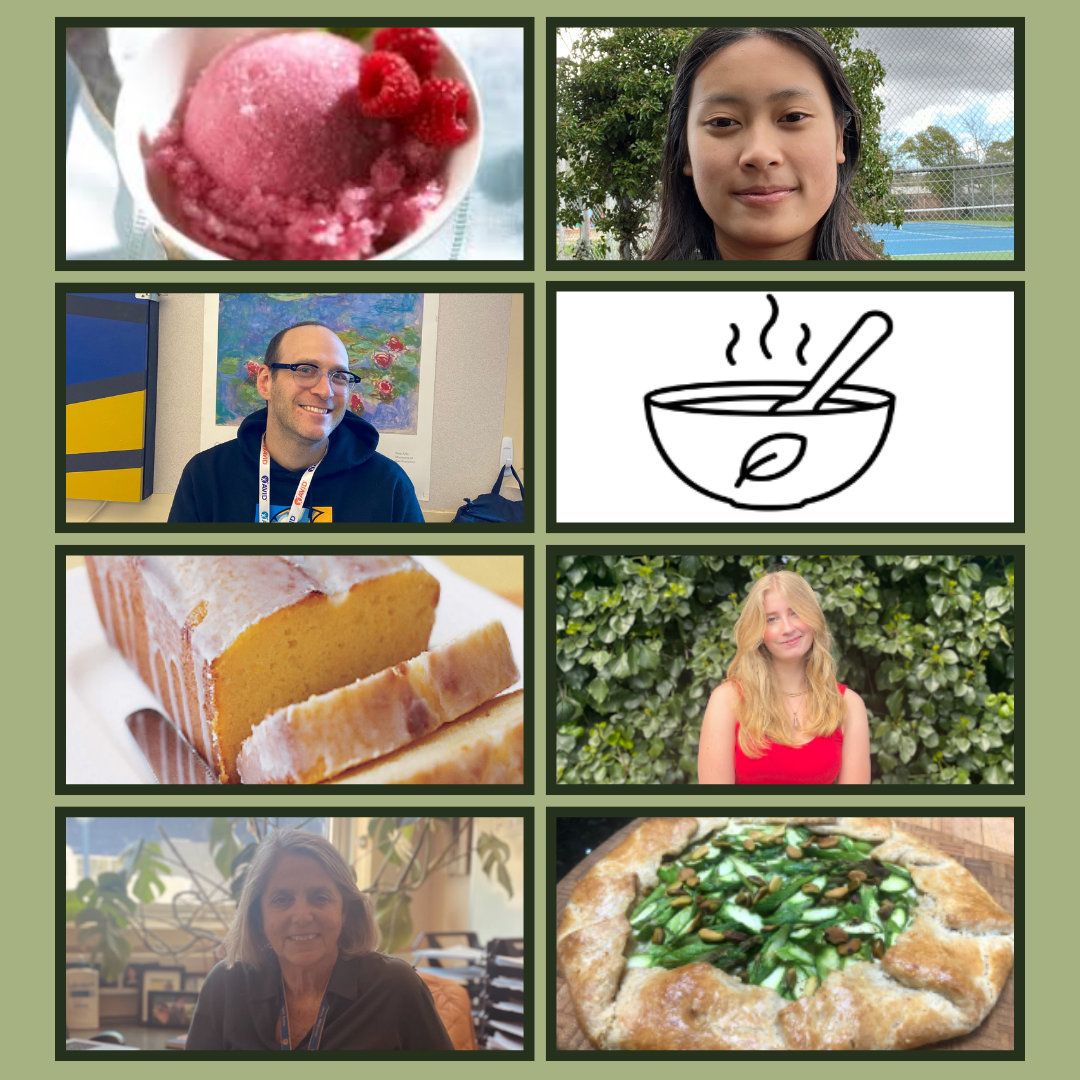
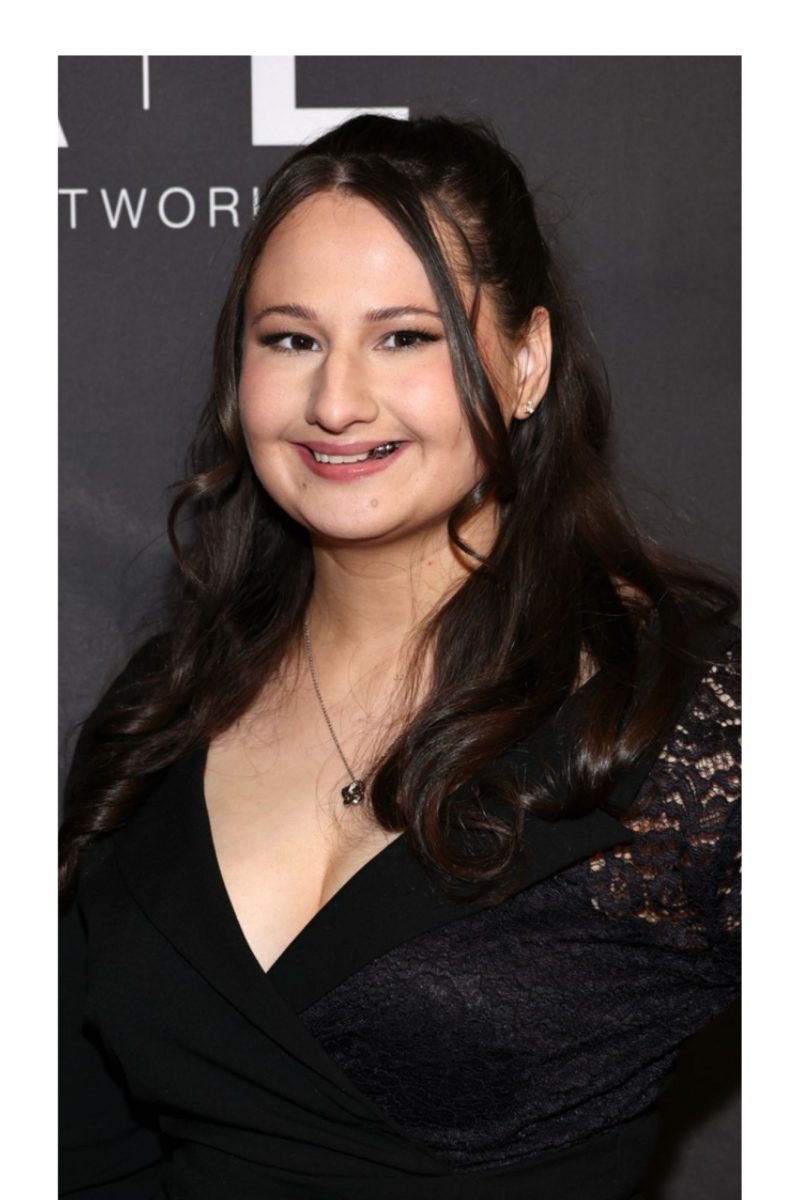

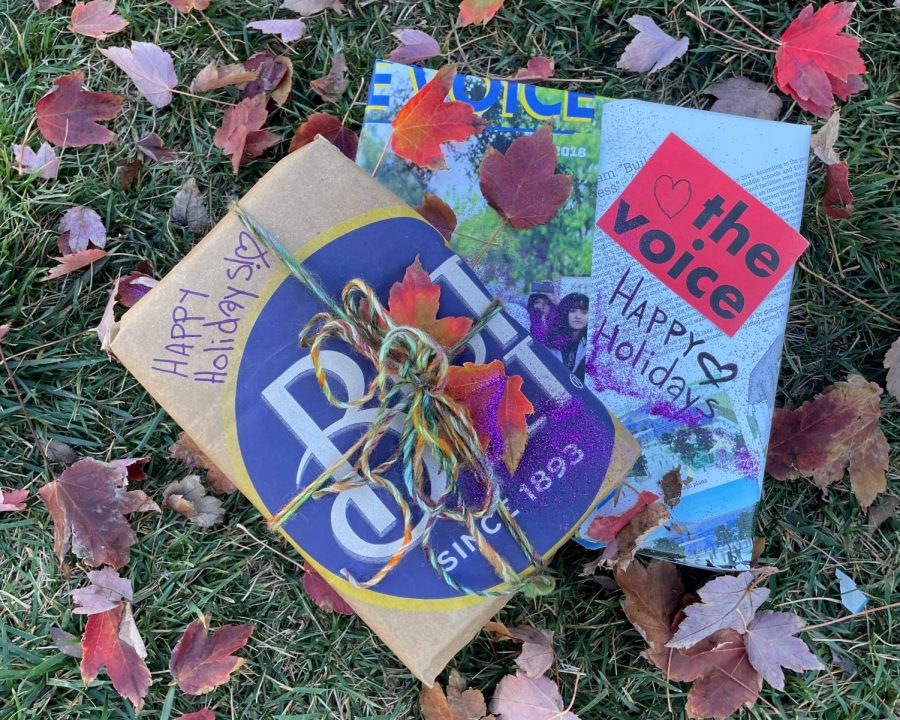
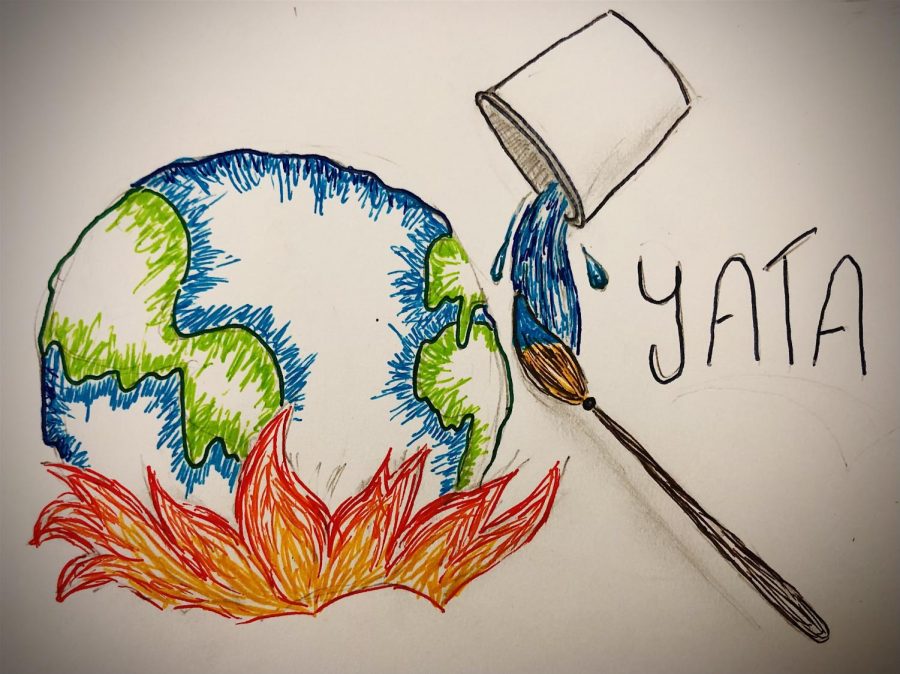


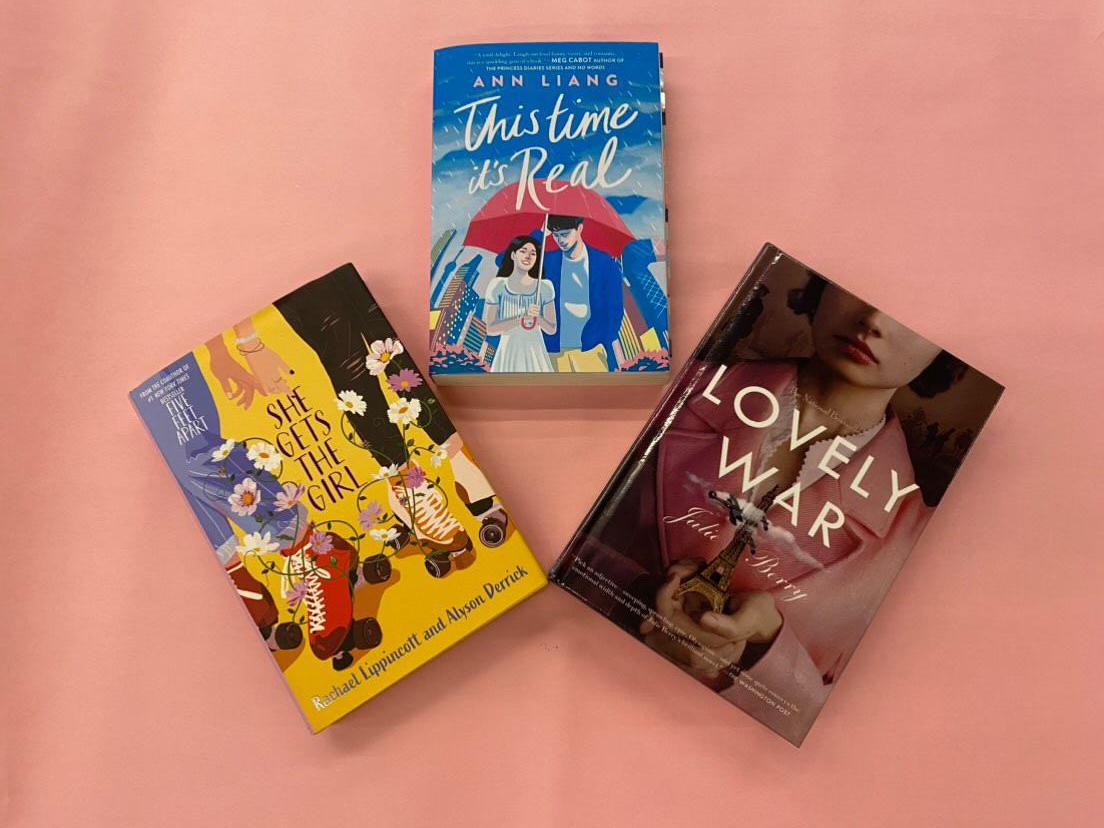
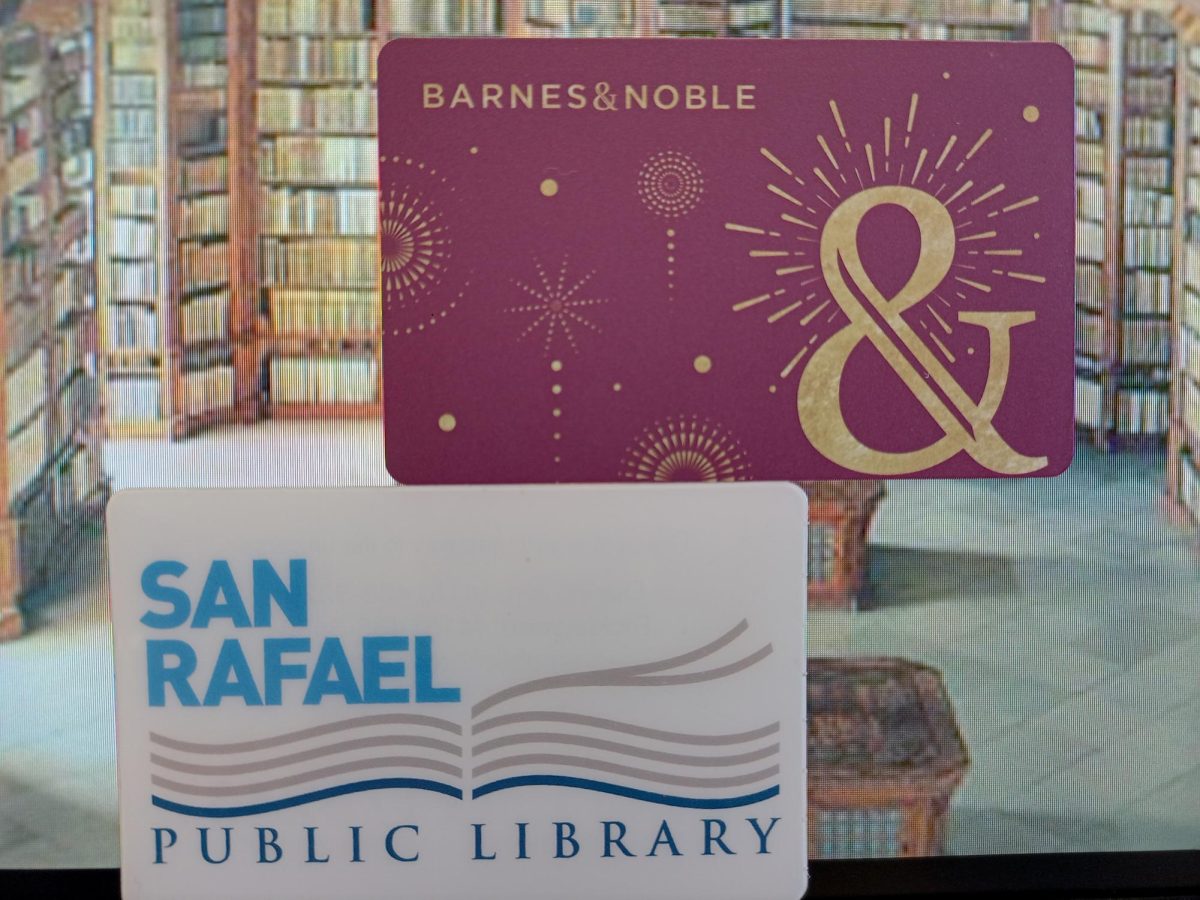


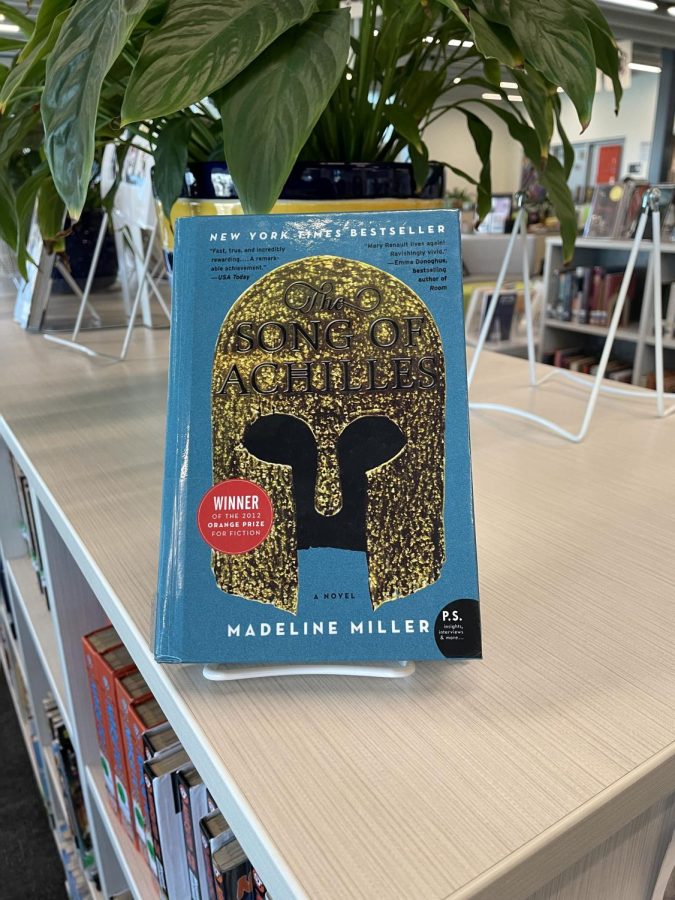
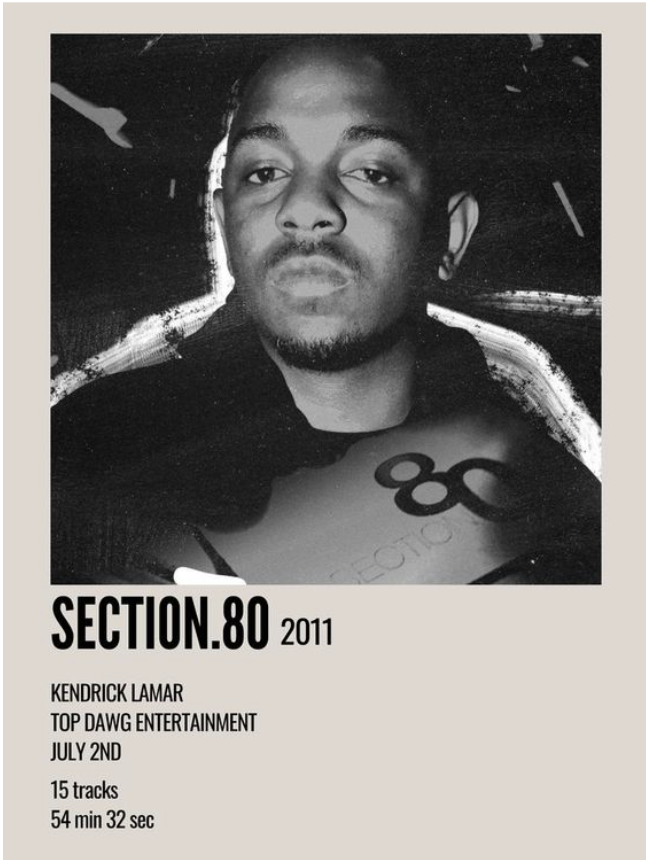


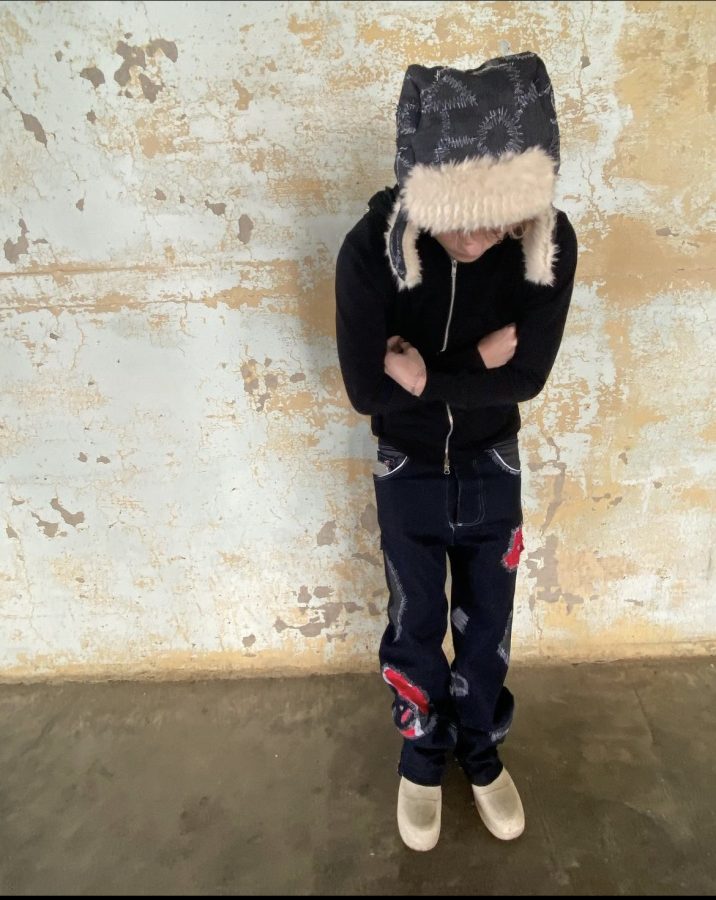





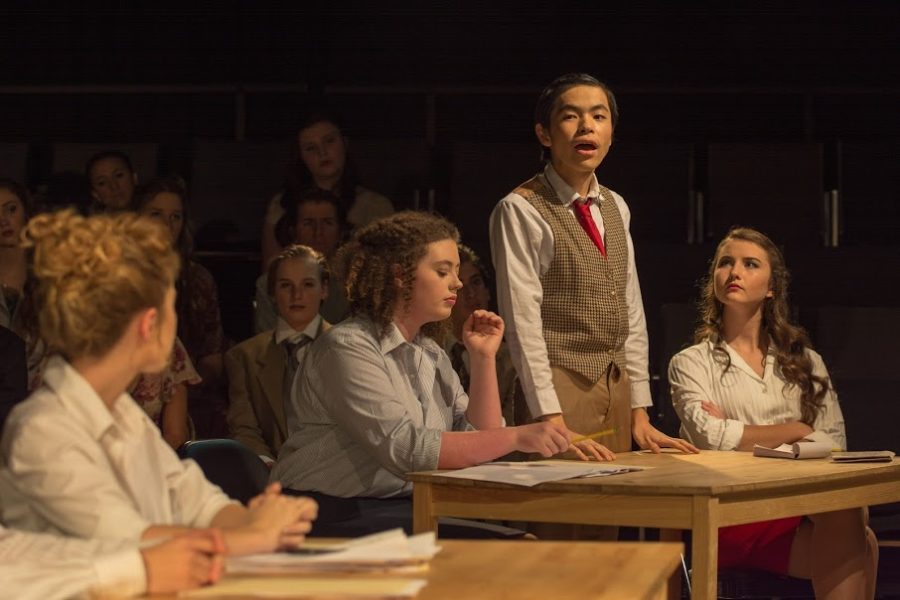

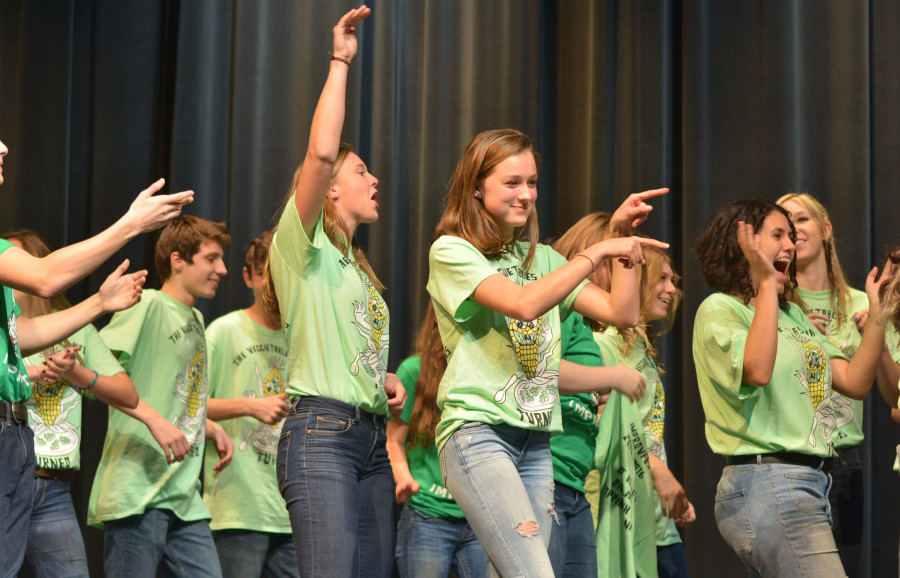


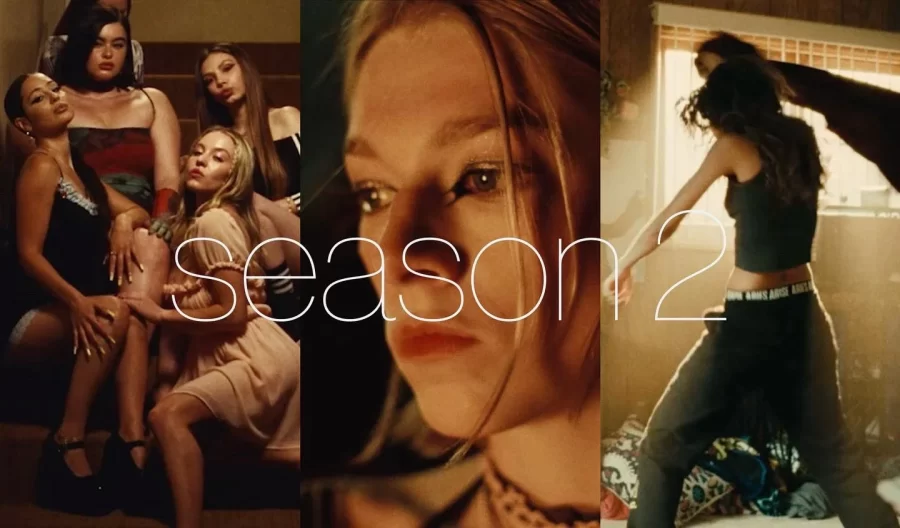
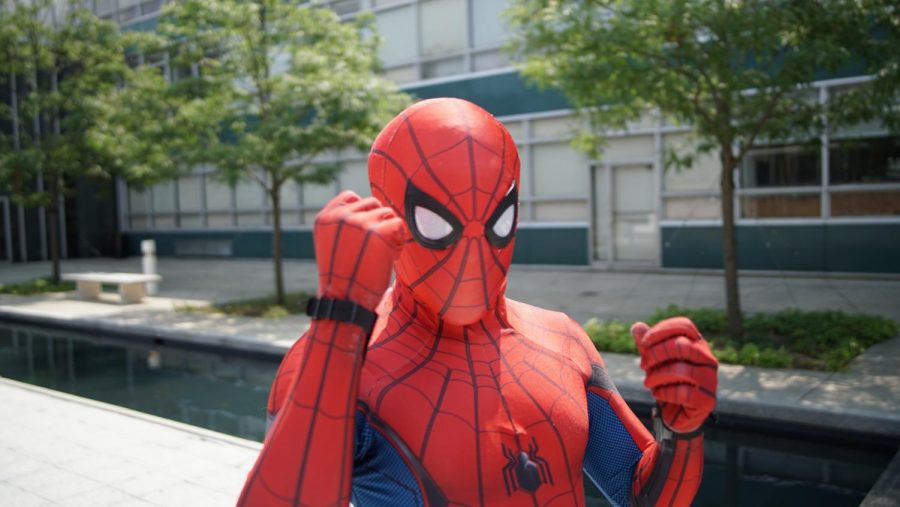
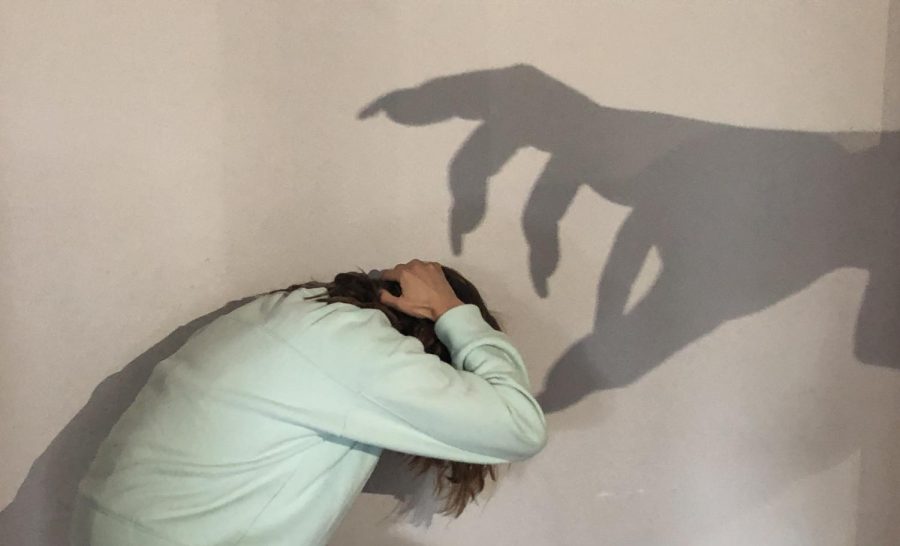



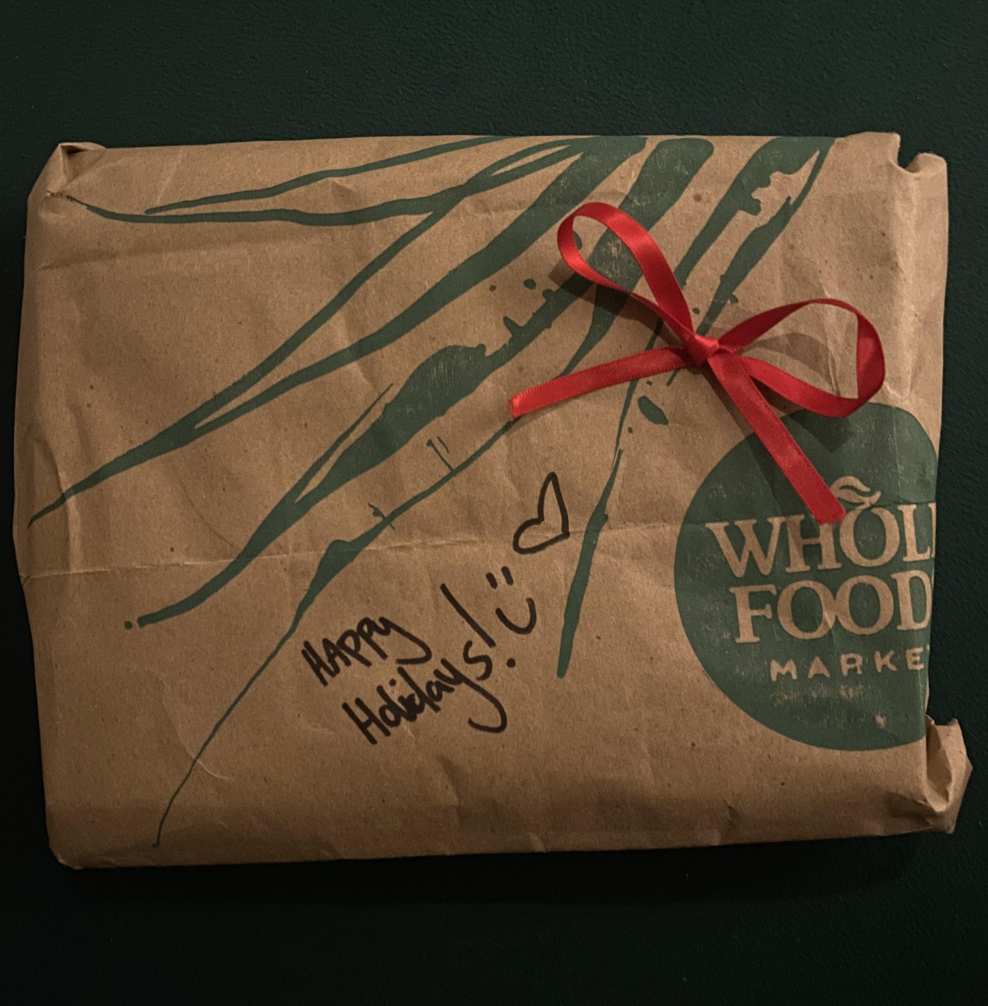

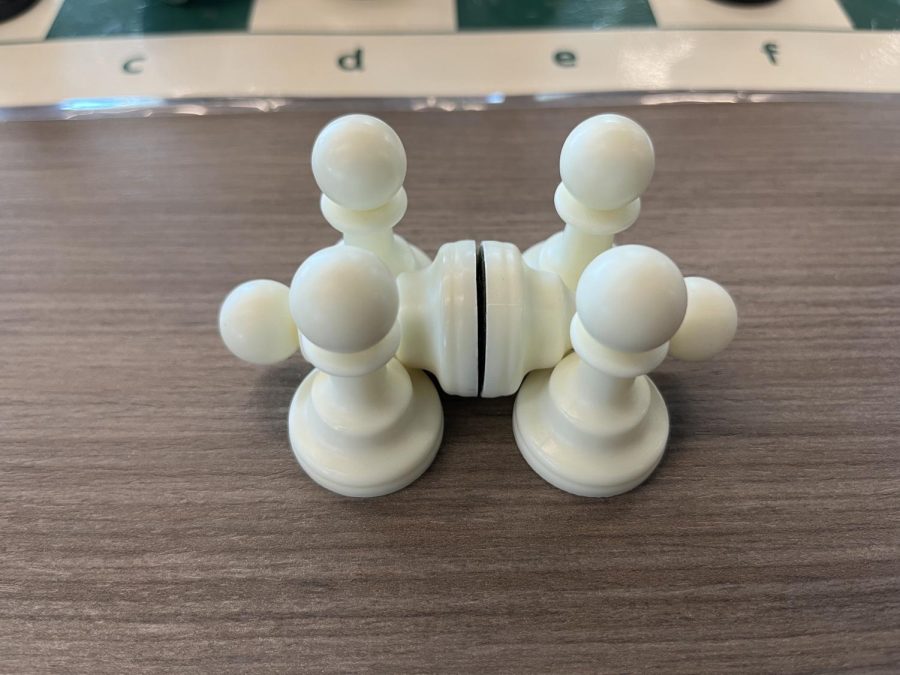



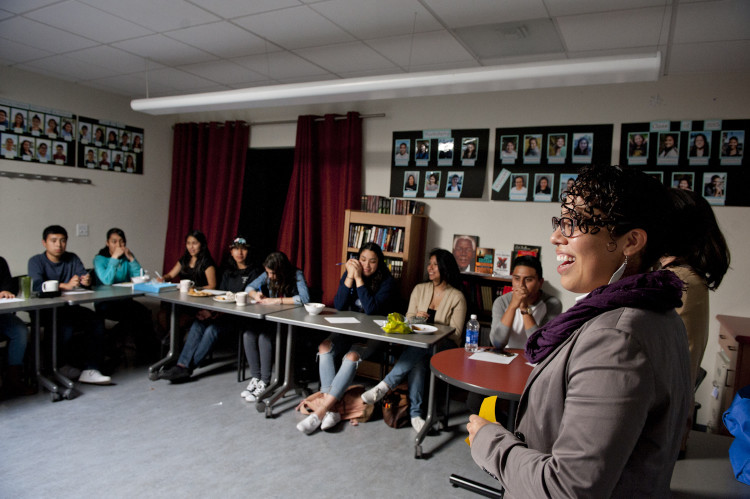
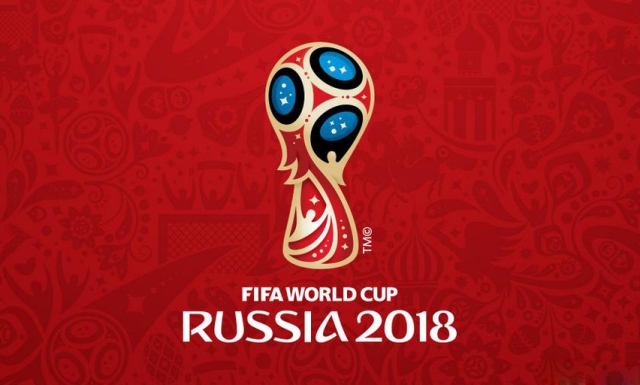



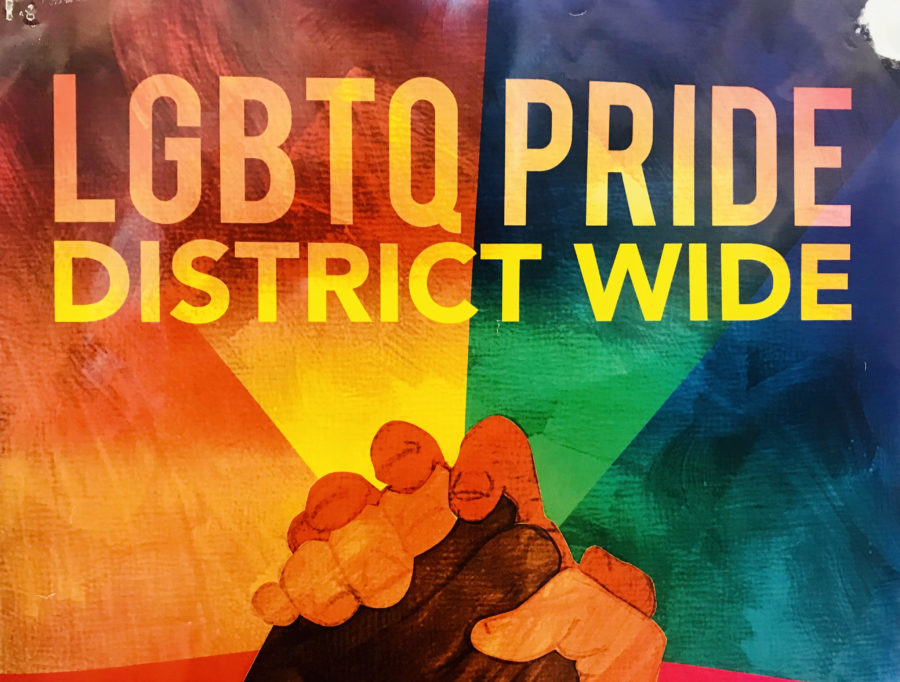

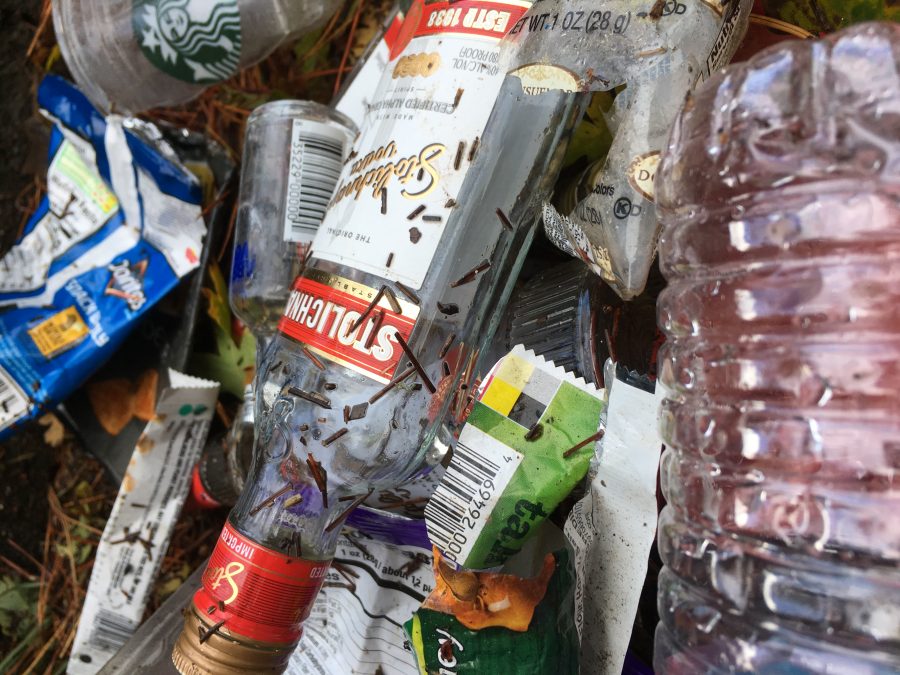



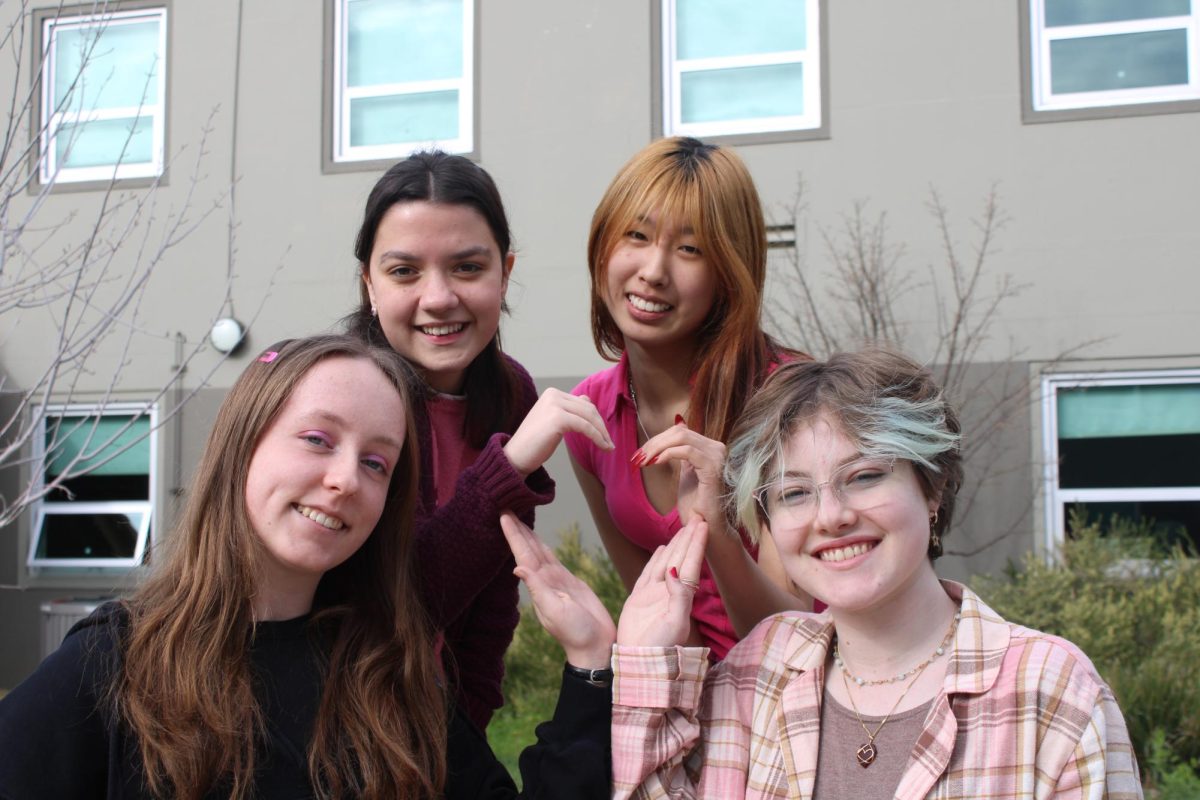










Duc Van Duong • Feb 6, 2019 at 11:49 am
Tôi ăn thịt chó! I liked this very much, it is very interesting!